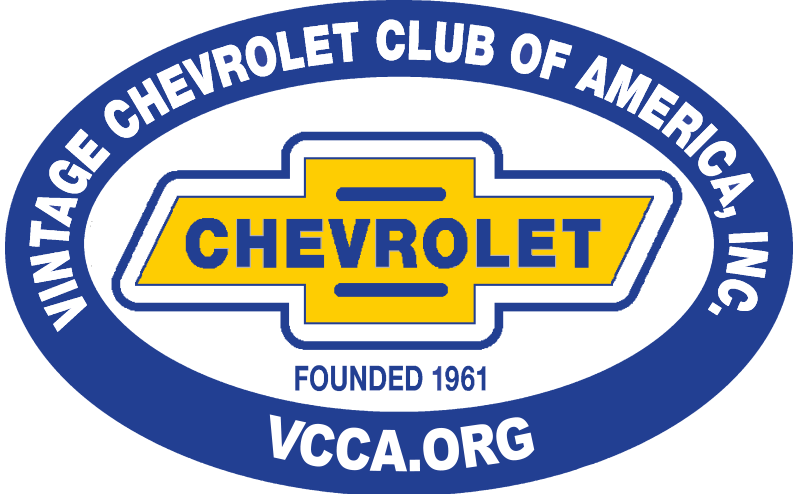I am looking for advice on how to adjust the rod bearings on my 1931 Independence. The motor is a little loud when driving.
The process is described in most of the period Repair Manuals. Assuming that there are still some shims remaining on the rods, the procedure is to remove one shim at a time starting on the side nearest the camshaft and then retightening the cap If the rod still rotates on the crankshaft take one from the other side and repeat. Once the rod is tight (can't tap the rod side to side on the crankshaft journal with light taps of a small hammer) on the shaft put the last one removed back on. The rod should now move side to side with a small tap but may be difficult to move sideways by hand. If easily moved by hand you may want to find a shim that is half as thick and try the process again. 001" - 0015" is the target gap. Same for the main bearings. Just more difficult than the rods.
How sweet the roar of a Chevy four
Participant on Chatter since 11/22/2001
19758 posts on the former Chatter site
Everything Chip says is spot on.
Do the main bearings first as you want to remove shims until there is a slight drag, then put one back in to the point of no drag.
This is much easier to do when the rods are still "loose" and not producing the drag that they inevitably will when properly set to the point where they don't move "freely" on the crankshaft but will move with a very light tap.
One more consideration...
The rod journals may be slightly out of round, so setting at bottom dead center can leave the bearing too tight.
Turn the crankshaft until the rod you are working on is somewhat past bottom dead center before adjusting to eliminate that problem.
Ole S Olson
Saskatoon, Sask, Canada
1946 DR 3/4 ton stake
1139 old site posts
@chip Thank you. The motor was rebuilt about 10 years ago. The rebuilder was in Pittsburgh PA but I don’t have a name. Hoping that the rebuild was done correctly and all that is needed is an adjustment. Motor has approximately 500 miles since rebuild.
If the engine was properly rebuilt and run occasionally since that time so the internal parts were relubricated it should not need to be adjusted. However, if not run for an extended period of time and not properly prepared (lubricated) prior to running some bearings may have been run dry and damaged. Look for any pieces of babbitt in the drained oil and oil pan for evidence of bearing deterioration. Lacking that try adjusting as described above. A little extra lubrication prior to trying to start a long hibernating engine can prevent costly damage.
How sweet the roar of a Chevy four
Participant on Chatter since 11/22/2001
19758 posts on the former Chatter site
Agree
Harold, you say the engine is "a little loud".
I would try to try to narrow down the source of the noise before digging into the engine.
What sort of noise ar you hearing and what part of the engine is it coming from?
Are you sure you aren't hearing piston slap?
Or a valve clearance issue?
Ole S Olson
Saskatoon, Sask, Canada
1946 DR 3/4 ton stake
1139 old site posts


